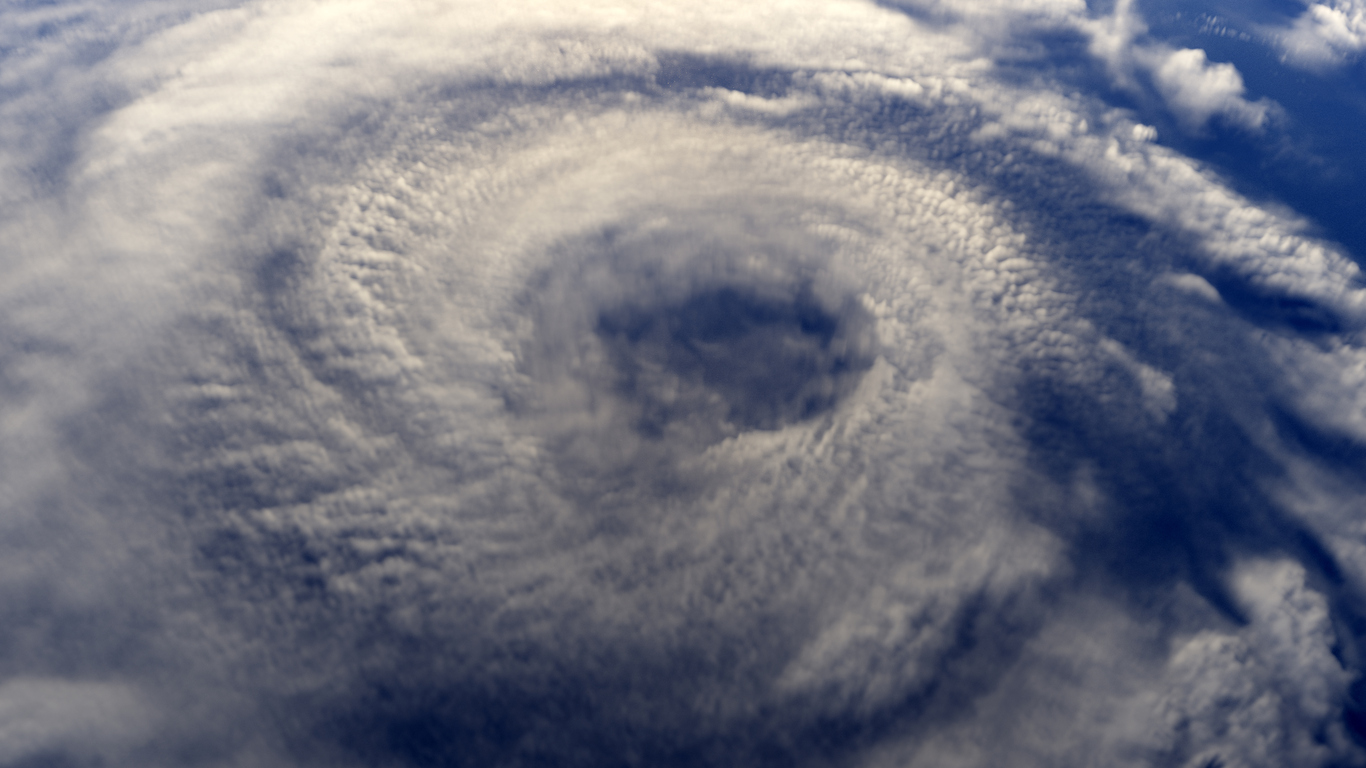The estimate includes privately insured wind and storm surge damage to residential, commercial and industrial properties.
The estimate does not include losses from NFIP, offshore assets, or any potential impacts from the COVID-19 pandemic.
Sally was first hurricane to make landfall in Alabama since 2004’s Ivan, making landfall at 5:45 AM on September 16 with sustained winds of 105mph.
The storm began to degrade after moving inland toward the western Florida Panhandle, and maximum sustained wind speeds dropped to 80 mph.
That evening, Sally rapidly decayed into a tropical storm and then into a tropical depression as a deep-layer trough steered the storm toward Georgia.
The National Hurricane Center (NHC) described the flooding as “catastrophic and life-threatening” and hundreds of thousands of residents were left without power.
KCC notes that severe wind damage was limited to areas near the coast that experienced the highest wind speeds.
Over 500,000 residents were left without power when severe winds brought down power lines in parts of Florida and Alabama.
Heavy storm surge flooding impacted coastal Alabama after water submerged residential and commercial buildings.
Analysts from AM Best said earlier this week that they do not expect Sally to constitute a major insurance industry loss due to its large flood component, which will mainly be covered by NFIP.
According to the NFIP estimates as of July 2019, only eight of the roughly 50 counties vulnerable to moderate to high flash flood risk from Sally have more than 25% of properties insured.
As more than two thirds of flood coverage written in Alabama is federal, flood losses for the NFIP will be significant, but this could also signal significant losses for the NFIP’s reinsurers and investors on its flood-related cat bonds.













